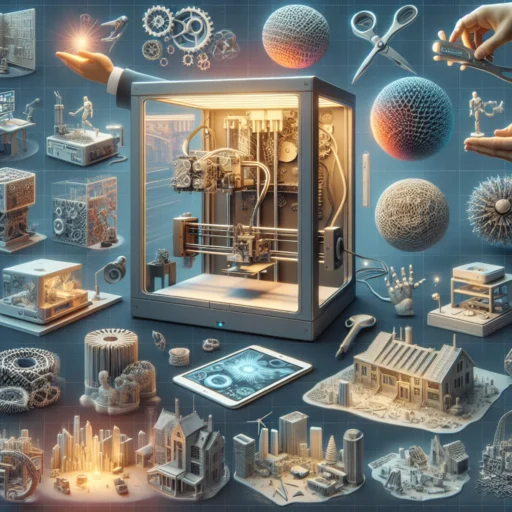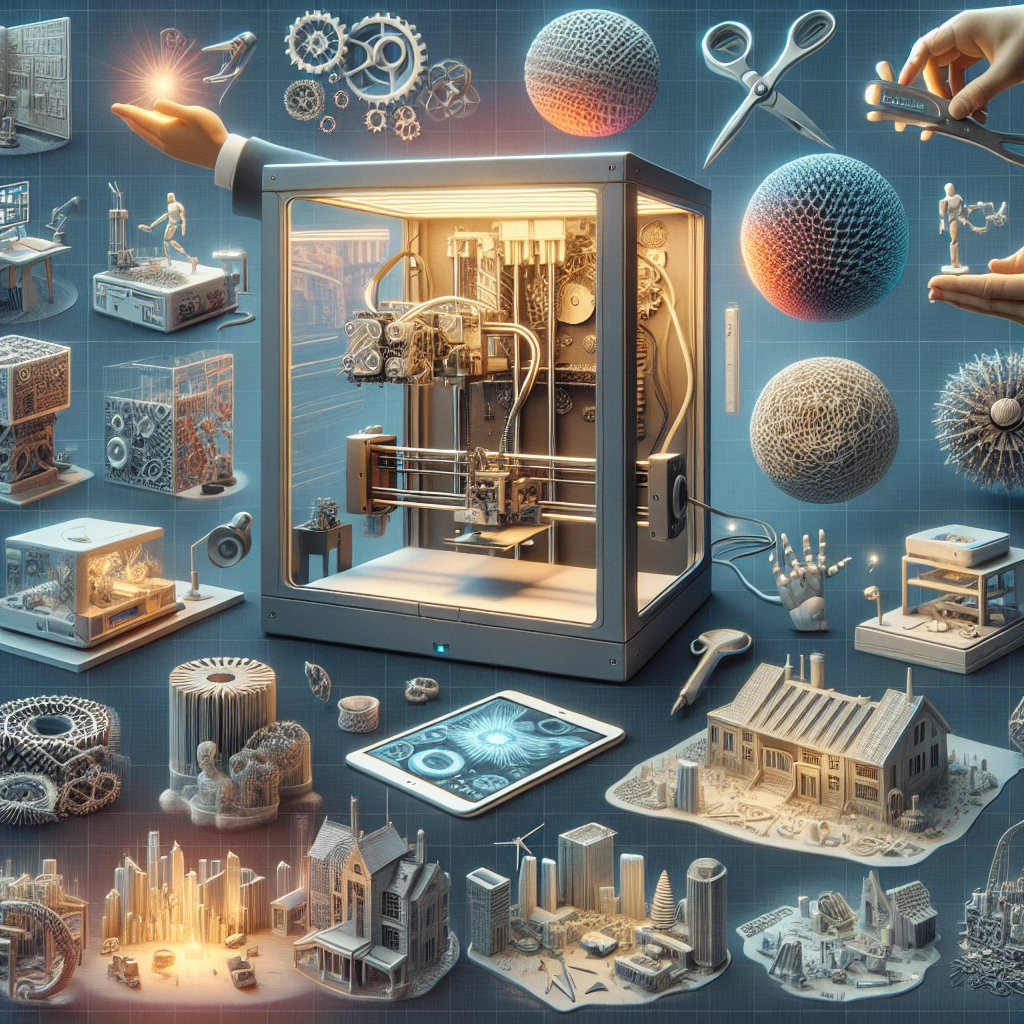The Future of 3D Printing: Innovations to Look Forward To
Imagine a world where you can simply press a button and create anything from a custom gadget to a new pair of shoes, all from the comfort of your living room. While this might sound like a scene straight out of a sci-fi movie, it’s becoming increasingly possible thanks to the ever-evolving field of 3D printing. This technology, which layers materials to create three-dimensional objects, is set to revolutionize how we manufacture, design, and even think about products.
The Expanding Horizons of 3D Printing
3D printing has already made waves in various industries, from healthcare to automotive and even fashion. But what’s next? Let’s dive into some of the exciting innovations on the horizon that could change the game.
Bioprinting Breakthroughs
The medical field is one of the most promising areas for 3D printing. Researchers are exploring bioprinting—essentially creating living tissues. Imagine having the capacity to print human organs for transplant, tailored specifically to individual patients. This isn’t just a pipe dream; advancements in bioprinting are occurring rapidly. Scientists are already experimenting with printing skin for burn victims, and while full organ printing is still in the early stages, progress is being made.
Sustainable Manufacturing
Sustainability is becoming more critical as we grapple with climate change, and 3D printing offers some innovative solutions. One of the most exciting developments is the ability to print objects from recycled materials. Companies are now creating filaments made from plastic waste, enabling the production of everything from furniture to home decor while reducing landfill contributions. In the future, we might see entire factories powered by recycled inputs, creating a circular economy rather than a linear waste cycle.
Customization and Personalization
Gone are the days of one-size-fits-all. With 3D printing, customization is not just a luxury; it’s becoming the norm. Consider the world of bespoke fashion—designers are beginning to utilize 3D printing to craft garments and accessories tailored to an individual’s exact measurements and preferences. And it doesn’t stop at clothing; think about custom orthopedic devices, glasses shaped to fit your face, or phone cases that perfectly match your style. The possibilities for personalized products are virtually endless.
Food Printing
Yes, you read that correctly! Food printers are on the rise, and they operate similarly to traditional 3D printers but use edible materials instead of plastic. Imagine a future where you can print a gourmet meal at home—whether that’s pizza with your favorite toppings or even a vibrant dessert. Companies are developing machines that can create intricate food designs, decreasing food waste and unlocking creative culinary possibilities.
Home Manufacturing
The concept of DIY is getting a high-tech upgrade. As 3D printers become more affordable and user-friendly, the dream of home manufacturing is becoming a reality. Why run to the store for a replacement part or a new gadget when you can print one right at home? In the not-so-distant future, it’s conceivable that entire communities might share 3D printers, creating a collaborative environment for craftsmanship and innovation.
Enhanced Materials
The materials used in 3D printing are continuously evolving. Innovations in smart materials—substances that can change properties under different conditions—could lead to impressive advancements. Picture buildings that adjust their insulation based on the weather, or clothing that modifies its fit and breathability according to movement. As these materials become mainstream, they have the potential to enhance our interactions with everyday objects profoundly.
Expanded Applications in Infrastructure
3D printing isn’t just about small items; it’s making significant strides in large-scale construction too. Companies around the world are experimenting with 3D-printed houses, and the technology can reduce the time and cost of building while ensuring precision that traditional methods sometimes lack. In the future, it may be possible to construct entire neighborhoods quickly, offering affordable housing solutions and sustainable living spaces.
As we look ahead, it’s clear that the future of 3D printing is full of potential. From revolutionizing healthcare and sustainable production to reshaping how we create and customize products for everyday needs, the innovations that lie ahead are boundless. While challenges remain—like regulations, materials compatibility, and education—what’s most thrilling is that we are only scratching the surface of what’s possible. The next decade in 3D printing could be one of unprecedented transformation, allowing us to rethink not just what we make, but how we make it. One thing is for sure: the future is certainly bright and full of possibilities.






